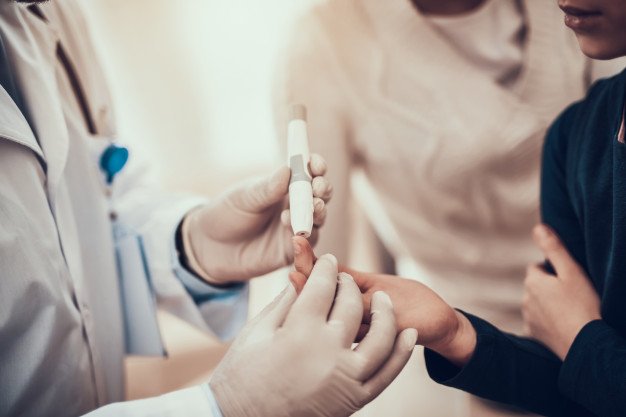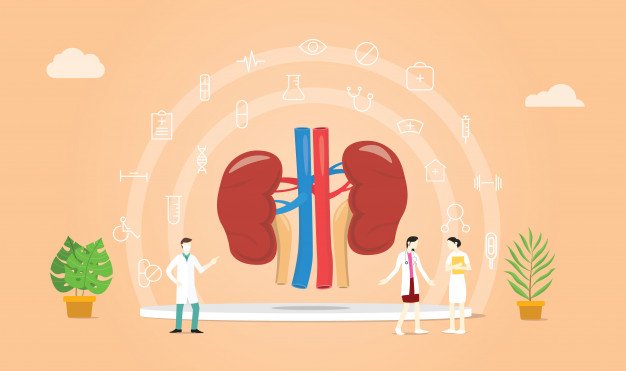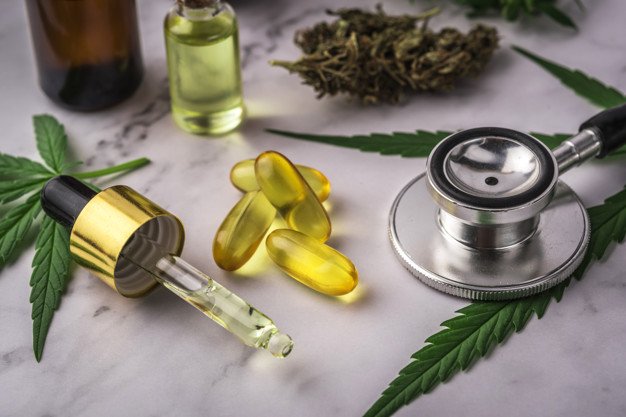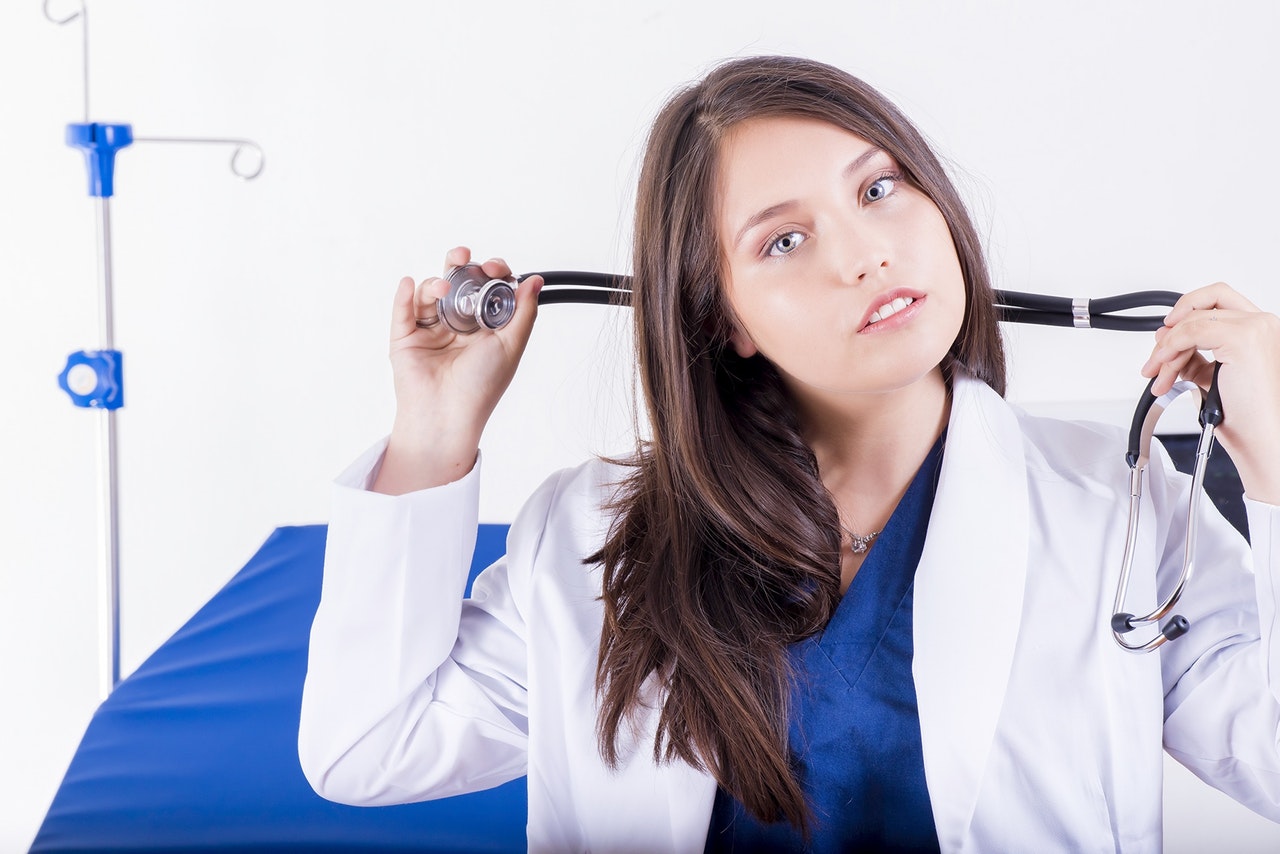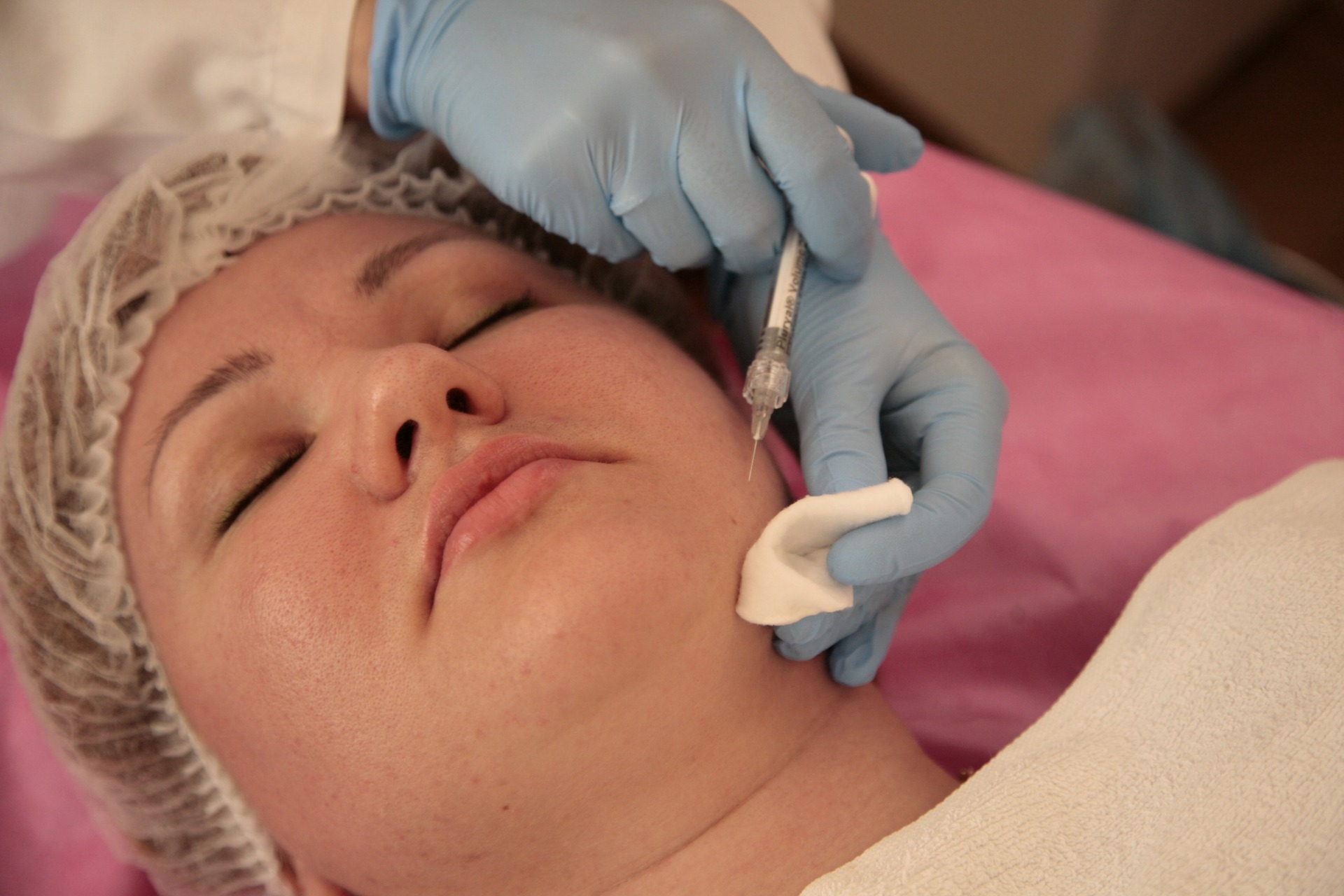Medical practitioners continue to search for newer treatments for diabetes, as several people around the world have this condition. As of 2015, 9.4 percent of the population of the United States have diabetes.
Most of them have complications affecting other organs.
Without proper care, diabetes can lead to damage to the kidneys, heart, blood vessels, nerves, eyes, and gastrointestinal tract.
There may be no better time than now to take charge of your health with the support of online diabetes medication.
Hospitals and healthcare organizations now offer diabetes CEUs for nurses. This learning system will help them stay up-to-date and provide better service for diabetic patients.
How Can You Prevent Diabetic Complications?
Keeping the patient’s blood sugar at a healthy level can reduce the possibility of complications. Here are some guidelines on how to prevent these complications.
Heart Disease
Heart disease is one of the complications a person with diabetes may experience. Doctors and nurses perform several tests to assess the patient’s heart, which helps them prevent future problems. Most of the time, doctors also test the patient’s cholesterol level and triglycerides. They also perform an EKG.
Diabetic patients can decrease the risk of heart disease through weight loss, regular exercise, healthy eating, stress management, and keeping blood pressure and cholesterol normal.
Kidney Disease
All patients should get their urine tested every year to determine if they have kidney disease due to diabetes. Doctors perform a creatinine blood test to check if the kidneys function well.
Nerve Damage
As time goes by, uncontrolled diabetes will lead to nerve damage. Patients will feel numbness or pain in their legs, feet, or hands. Their skin will also lose sensation. They may notice small wounds that will not heal or get bigger.
Check for possible damage by looking for redness, calluses, or cracks on the patient’s skin. You should inform the doctor immediately if you have seen any of these symptoms.
Taking Proper Care of Your Body as a Diabetic
A patient who cares for their body will feel better in the long run. Patients who keep their blood sugar close to normal will possibly:
- have more energy
- be less thirsty
- heal wounds better
- have fewer infections
Diabetic people who take good care of their bodies will also have a less chance of:
- stroke or heart attack
- kidney problems
- teeth and gum problems
- eye problems
- nerve damage (pain, numbness, and tingling in both hands and feet)
Medical Assistance for Diabetic People
According to the American Diabetes Association, choosing a reliable healthcare team is necessary for people with diabetes. A patient should have a well-experienced doctor and nurse to ensure good health.
An endocrinologist has specialized training that can help people prevent possible diabetic problems.
A dietitian is also helpful for diabetic people, as diet is essential for recovery. Dietitians have the proper training to figure out the best diet for each person, considering their weight, lifestyle, health condition, and medication.
A registered nurse also plays a vital role in healthcare for diabetic people. These professionals undergo diabetes CEUs for nurses and have a special background in caring for people with diabetes.
With proper medications, diabetes can be treated and controlled. These nurses who have undergone continuing education courses for diabetic patients are trained to help mitigate the negative impact of this chronic disease.
How to not Let Diabetes Effect your Personal Life
Living with diabetes can be challenging, but it shouldn’t hold you back professionally. You should be able to reach your work goals without having to give them to diabetes.
There are ways you can win over it and keep going while taking care of yourself!
Yes, with some effort on your part, you can keep your health in check and still succeed at work.
Here are some ways to make sure diabetes doesn’t impact your professional life.
Put Your Health First at Work
First and foremost, you need to prioritize your health. This means regular monitoring of your blood sugar levels, even during busy workdays.
Make it a habit to check your levels before important meetings or tasks. Keeping healthy snacks at your desk can also help you manage sudden drops in blood sugar.
If you need to take breaks to manage your condition, don’t hesitate to communicate this to your employer.
Meal-plan-friendly office snack options include:
- Fresh fruits (apples, bananas, oranges, etc.)
- Nuts (almonds, cashews, etc.)
- Greek yogurt
- Small portions of carrot and celery sticks with hummus
- Protein bars
Plan Your Meals Ahead
Planning your meals and snacks is crucial to help you manage your diabetes when you have a busy work schedule.
Make sure that you eat balanced meals that will keep your blood sugar levels steady during the day.
It’s also a good idea to bring along healthy snacks that are easy to eat on the go.
Foods that are high in fiber, lean protein, and healthy fats can help keep your energy level stable so that you can stay focused and get as much done as possible.
Keep Moving Throughout the Day
Participating in a physical activity doesn’t require going to the gym for lunch. Short office walks and desk exercises are examples of something small that can mean so much.
Physical activity is one of those things that helps keep your blood sugar better regulated and keeps you awake.
Still, it is better to ask your doctor about the physical exercises which are good for your body.
Then, set a timer on your phone or computer to help you remember to move every hour, especially if it’s an office job where you sit most of the day. All these little things add up.
Communication with Your Employer
There is no harm in having an open discussion with your employer about your health.
Tell them what you need to manage your diabetes at work- frequent breaks, a fridge or a cooler to store insulin, or a less stressful environment. Most employers will agree if it doesn’t affect your work.
Final Note!
Dealing with diabetes while managing work can be challenging, but it is possible.
Give priority to self-care, plan your meals in advance, stay active during the day and let your employer or colleagues know about your condition.
Continue to shine at work by not letting diabetes bog you down.
After all, if you are fit and fine from a health perspective, everything else falls into place smoothly.
Read Also:













